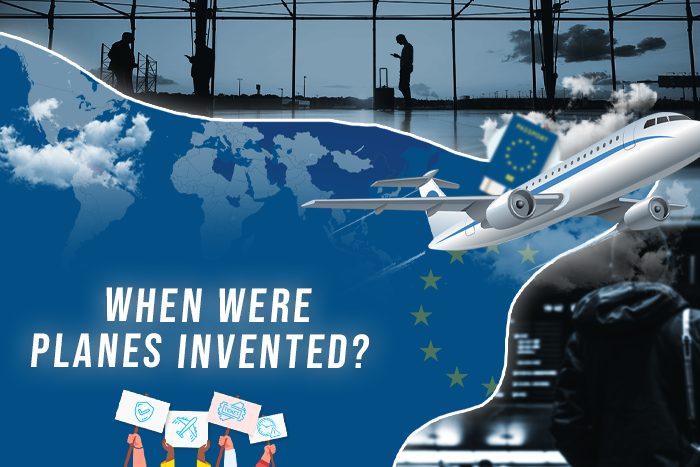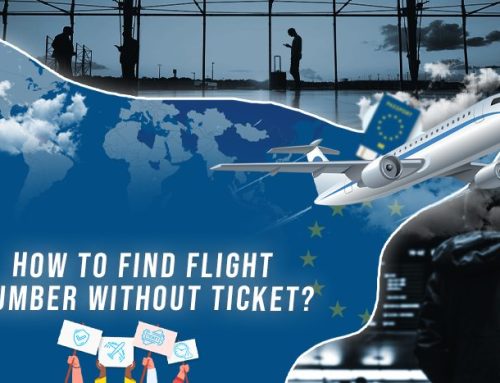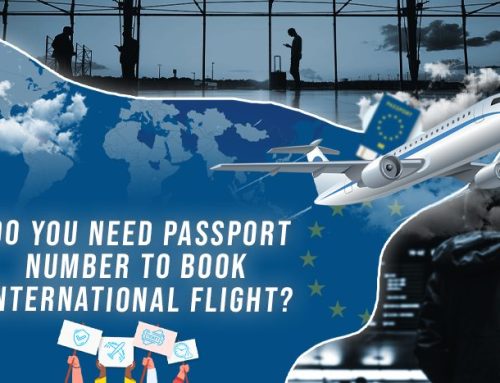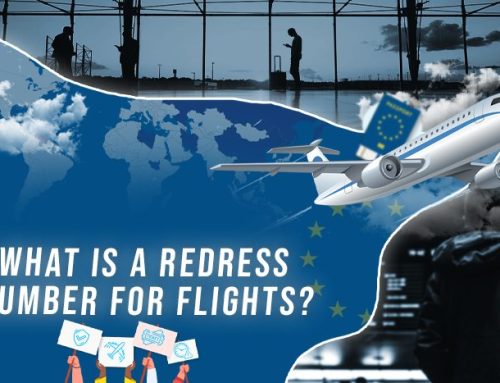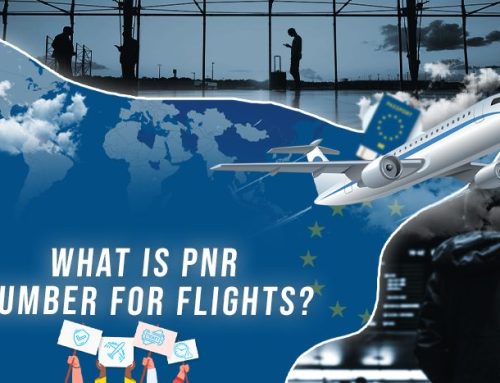Most history books will claim that the first airplane was invented on December 17, 1903, after the Wright Brothers first successful flight. However, there is some debate on who should hold that title after historical evidence has surfaced over the years. But let’s take a step back to look back at the evolution of planes to get a sense of where we started and how far we’ve come since that first powered flight.
Just because the Wright Brothers flew in 1903, doesn’t mean that’s when flying technologies started.
Key Takeaways
- The history of aviation goes back thousands of years, with legends and documentation of people attempting to fly dating back to ancient Greece and India.
- While the Wright Brothers are often credited with inventing the first airplane, there were many inventors who contributed to the development of flight technology, including George Cayley and Clement Ader.
- Aviation technology progressed rapidly in just a few decades, with major milestones like trans-Atlantic and around-the-world flights being achieved within 30 years of the Wright Brothers’ first successful flight.
- The impact of aviation on modern warfare and commercial transportation has been immense, revolutionizing the way people travel and conduct military operations around the world.
Origins Of Flying
More than 2,000 years ago, there were legends in Greece and India about things that flew – sons who tried to fly too close to the sun and palaces that rested in the air. It wasn’t until the 9th century that there was documentation of people actually trying to fly. The earliest records are from an Andalusian inventor named Abbas ibn Firnas, who made a glider. Flash forward thousands of years. Leonardo da Vinci observed birds and designed flying machines in the 16th century, though there’s no proof any flight was successful using his designs.
Humanity has always been fascinated to take to the skies, though thousands more years to get there. English inventor George Cayley is credited for making the first engine-powered glider around the late 18th and early 19th centuries. He was the first to explore the concepts behind flying, including weight, thrust, lift, and drag. Too, Caylee developed the glider as a fixed-wing machine rather than wings that flapped to mimic birds.
Afterward, many inventors would use his principles to attempt to fly, including aspiring French aviator Jean-Marie Le Bris. He could fly with a glider that was pulled by a horse. In 1886, another aspiring French aviator named Clement Ader used a steam-powered airplane to fly. It could get about 50 meters off the ground, so his flight was deemed a partial success.
The Wright Brothers
After years of experimenting, the Wright Brothers held the first successful powered flight on December 17, 1903. The flight would last just 12 seconds, only about 37 meters, but that first flight went down in the history books as “the first sustained and controlled heavier-than-air powered flight.”
Each time, the Wright Brothers increased their distance and time, creating new planes with better technology. By 1905, their longest test flight lasted 39 minutes over 38 kilometers. They could do this thanks to the large fuel tanks and engine coolant. While the planes were much bulkier than the modern ones we think of today, the Wright Brothers laid the foundation for commercial flying, using the air as a means of transportation in addition to the land and seas.
What’s Next?
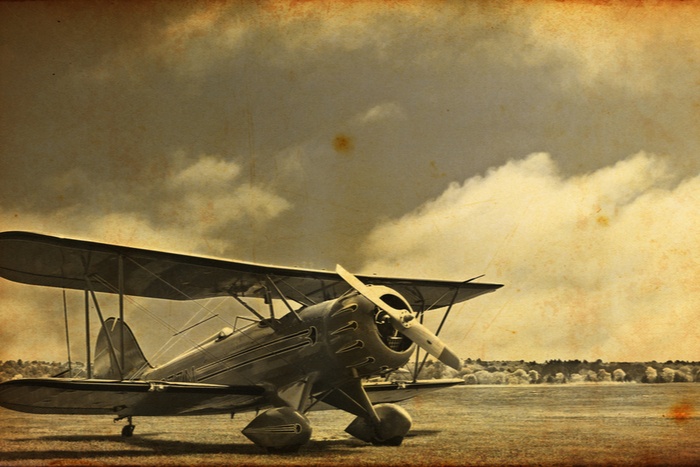
Inventors took the Wright Brothers legacy and bumped it to the next level. Charles Furnas was the first airplane passenger in history in May 1908, while the military used airplanes for the first time in World War I. They were used to fight, take photographs, and conduct scouting missions – completely revolutionizing modern warfare.
In 1914, planes started to officially take passengers, ferrying people across Florida’s Tampa Bay during a 20-minute flight. The first trans-Atlantic flight would take place in 1919, though the first solo, non-stop crossing wouldn’t take place until 1927 by Charles Lindberg. Australian aviator Charles Kingsford Smith and his crew crossed the Pacific Ocean in 1929 and would fly around the world in 1929.
All of these milestones come within less than 30 years of the Wright Brothers first successful flight, thanks to impressive technological advances. Now, more than 100 years later, our modern planes look almost nothing like these early designs, though the basic shape has stayed relatively stable over the years.
Frequently Asked Questions
-
Who invented the first airplane?
The Wright Brothers are often credited with inventing the first airplane after their successful powered flight on December 17, 1903.
-
Were there other inventors who contributed to the development of airplanes?
Yes, many inventors contributed to the development of flight technology, including George Cayley, Clement Ader, and Jean-Marie Le Bris.
-
When did humans first attempt to fly?
Legends and documentation of people attempting to fly date back thousands of years, with the earliest records from an Andalusian inventor named Abbas ibn Firnas in the 9th century.
-
How quickly did aviation technology progress after the Wright Brothers’ first flight?
Aviation technology progressed rapidly in just a few decades. Major milestones like trans-Atlantic and around-the-world flights were achieved within 30 years of the Wright Brothers’ first successful flight.
-
What impact has aviation had on modern transportation and warfare?
Aviation has revolutionized modern transportation and warfare, using airplanes for commercial travel, military operations, and aerial reconnaissance.
